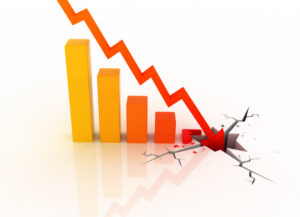The Folly of Ruling Out a Collapse
The comments below are an edited and abridged synopsis of an article by John P. Hussman
“A remarkable feature of extended bull markets is that investors come to believe—even in the face of extreme valuations—that the world has changed in ways that make steep market losses and extended periods of poor returns impossible. Among all the bubbles in history, including the 1929 bubble, the late-1960s Go-Go bubble, the early 1970s Nifty-Fifty mania, the late-1990s tech bubble and the 2007 mortgage bubble that preceded the global financial crisis, none has so thoroughly nurtured the illusion that extended losses are impossible than the bubble we find ourselves in today.”
Hussman discusses what a speculative bubble looks like; investors who hope inflation will bail out the market; whether a severe correction can be avoided; going nowhere in an interesting way; speculative bubbles convincing investors that the world has changed; investors haven’t quite figured out how equilibrium works; higher valuations imply higher volatility; market internals have deteriorated; speculation versus investment; no forecasts are required; and ruling out market losses.
“In a market downturn, the challenging part of the Iron Law of Equilibrium is that every share that’s sold also has to be bought. The market capitalization that everyone considers ‘wealth’ is just the total number of outstanding shares times the price that the last buyer and seller traded even one of them.”
“A century of market history suggests that major losses are already effectively baked into current hypervalued extremes. The problem with a speculative bubble is that you can’t make the short-term outcomes better without making the long-term outcomes worse, and you can’t make the long-term outcomes better without making the short-term outcomes worse. Now it’s just an unfortunate situation.”


